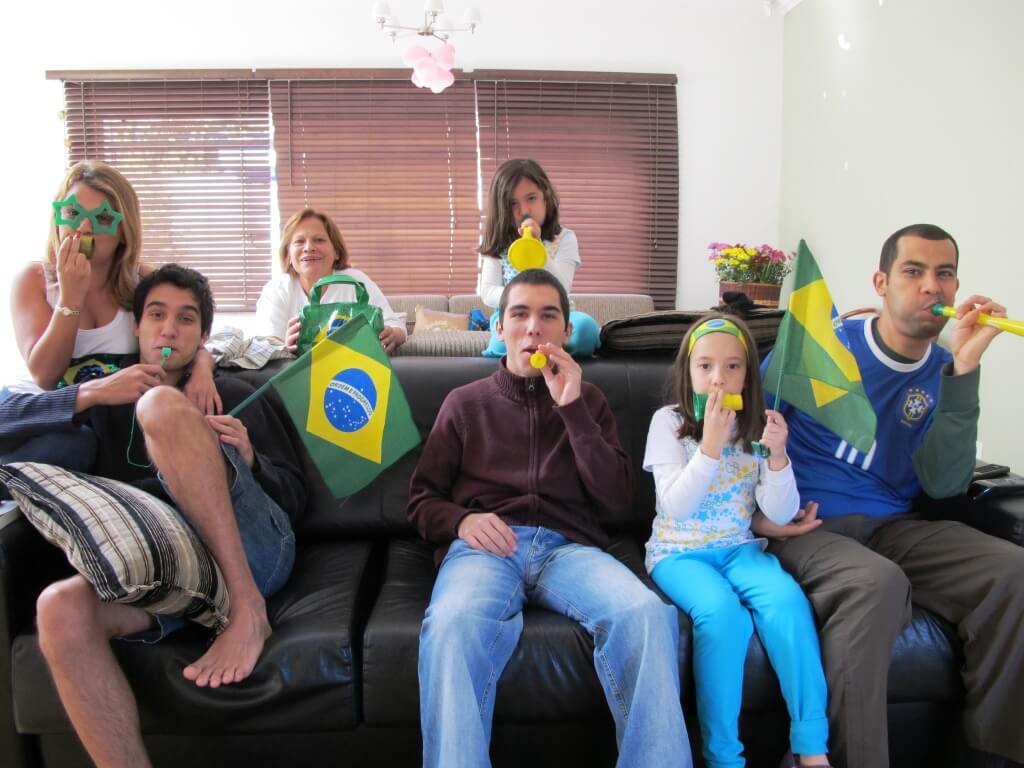The consumption index for Brazilian households, calculated by Abras (Brazilian Supermarket Association), ended the first half of the year with an increase of 2.20%.
Comparing June to May, the indicator increased by 0.10%. In terms of June 2021, the peak is 6.03%. All indicators are deflated with the IPCA (National Wide Consumer Price Index), measured by IBGE (Brazilian Institute of Geography and Statistics).
According to Abras, consumers opted for supermarket private label products with prices 20% to 30% lower, preferred low-priced packaging or those with higher added value, and found a variety of brands on the shelves to assemble their shopping baskets.

“The intensification of supply in supermarkets and the wide variety of brands, together with the additional funds that have flowed into the economy and the decrease in unemployment, have boosted consumption in Brazilian households in the first half of the year,” explains the association.
To counter high food inflation, consumers made more planned purchases, switched brands, and took advantage of more special offers, and retailers intensified their negotiations with suppliers, increased the number of brands, and made more special offers in stores, Abras said.
“With a more limited income, consumers can’t make mistakes and are therefore more willing to switch brands. However, the private label product has a high quality, competitive price and helps fill the shopping cart,” explains the company’s vice president, Marcio Milan.
According to him, the disbursement of the benefits package approved by the National Congress should lead to an increase in household consumption in the coming months, with about 50-60% of the amounts released by the government destined for the consumer basket.
According to the data, the value of the basket of 35 widely consumed products (food, beverages, meat, detergents, hygiene, and beauty products) suffered from the impact of the invasion of Ukraine, adverse weather conditions, and high production and transportation costs, recording an increase of 10.41%.
As a result, the average price of the national basket of goods reached R$773.44 in June. The strongest increases in the first half of the year were recorded for potatoes (55.81%), onions (48.13%), long-life milk (41.77%), beans (40.97%), and mozzarella cheese (36.10%).
FORECAST
Given the improvement in the inflation index, the increase in formal employment, and the funds flowing into the economy this week with the disbursement of aid from the benefits package approved by Congress, Abras revised its forecasts for consumption in Brazilian households.
“This money will boost household consumption, then growth should be at a moderate pace behind the 1st half. From now on, consumption tends to be more intense and stable because the number of families has increased, the value of the service has increased, and new subsidies have been created for other professional groups: Truck drivers and cab drivers,” estimates the vice president of the company.
According to the company, this year, the supermarket sector, which forecasts growth of 2.80% in private consumption, believes in a high between 3% and 3.30%.
“For retailers, there are at least three important dates to boost sales promotion and promote consumption in households: the Black Friday, the World Cup, and the end of year celebrations,” Milan said.

